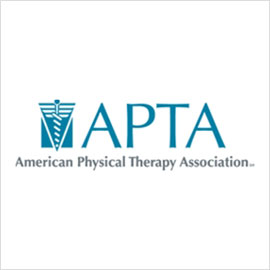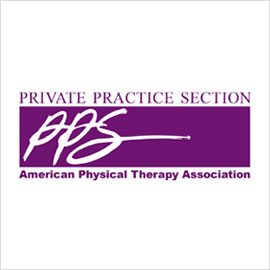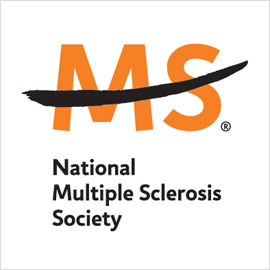
Plyometric exercises are a series of drills that utilize explosive forces in functional or sport specific patterns that help you develop strength, power, and coordination. This type of exercise challenges demands of the stretch shortening cycle, which involves an eccentric contraction of a muscle followed by an immediate concentric contraction of that same muscle. The stretch shortening cycle is significantly hindered following injury and/or surgery, as muscles lack the ability to attenuate eccentric loading and preserve the energy needed to complete powerful movements in series.
In physical therapy the stretch shortening cycle and eccentric control is typically evaluated through the single hop test, triple hop test, crossover hop test and 6 meter timed hop test. It is recommended that an individual has to score >90% on the tests to have a reduced risk of reinjury when they return to their sport. These tests are most often used after rehab following ACL reconstruction. Although these tests are commonly used in PT, patients are often discharged after achieving >90% on these tests and acquire another injury shortly after their return to sport. This is a common occurrence because patients are trained to pass these return to sport tests and measures; however, the patient is truly not trained to return to their specific sport.
With the concepts of the stretch shortening cycle explained above it is essential to challenge a patient maximally through the stretch shortening cycle in order to ensure that a patient can appropriately absorb and produce the forces needed to compete in their sport without reinjury. It is also important to assess the psychological readiness and fear avoidance for a patient to return to sport. This can be easily evaluated by giving patients the Injury-Psychological Readiness to Return to Sport Scale (I-PRRS) and evaluating the progression of this questionnaire throughout the plan of care. Below are exercise examples to challenge the patient maximally throughout the stretch shortening cycle.
Written by Arsalan Nejad, SPT






